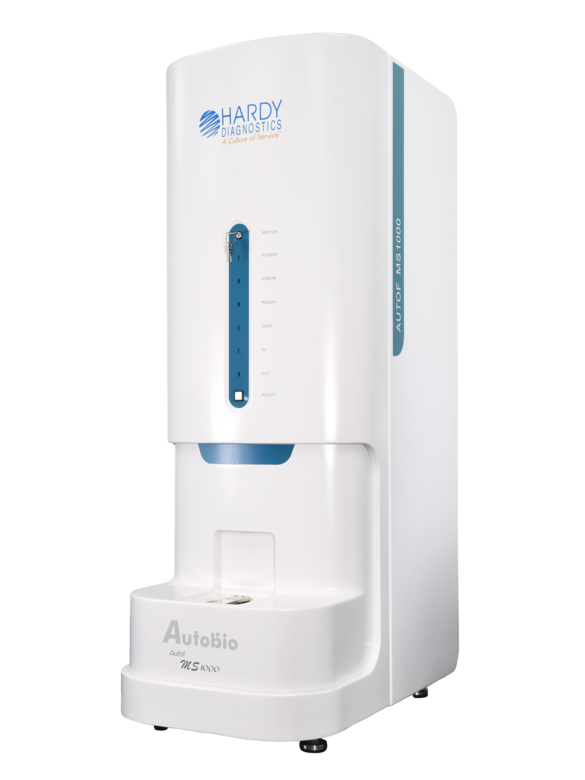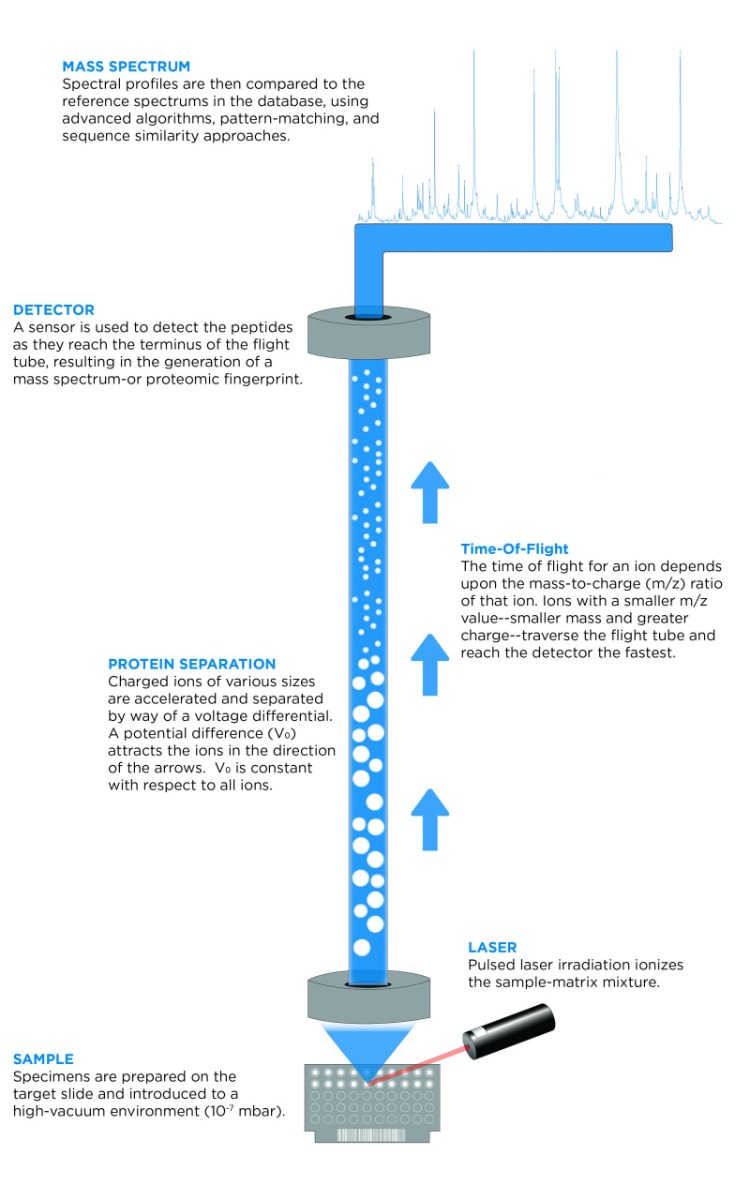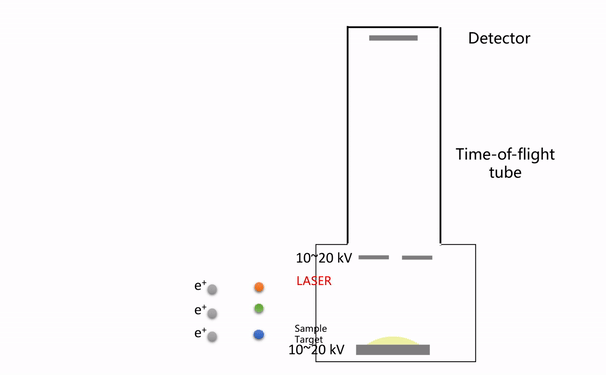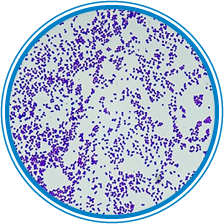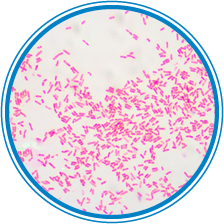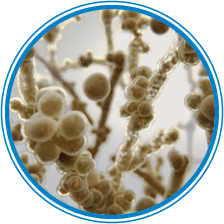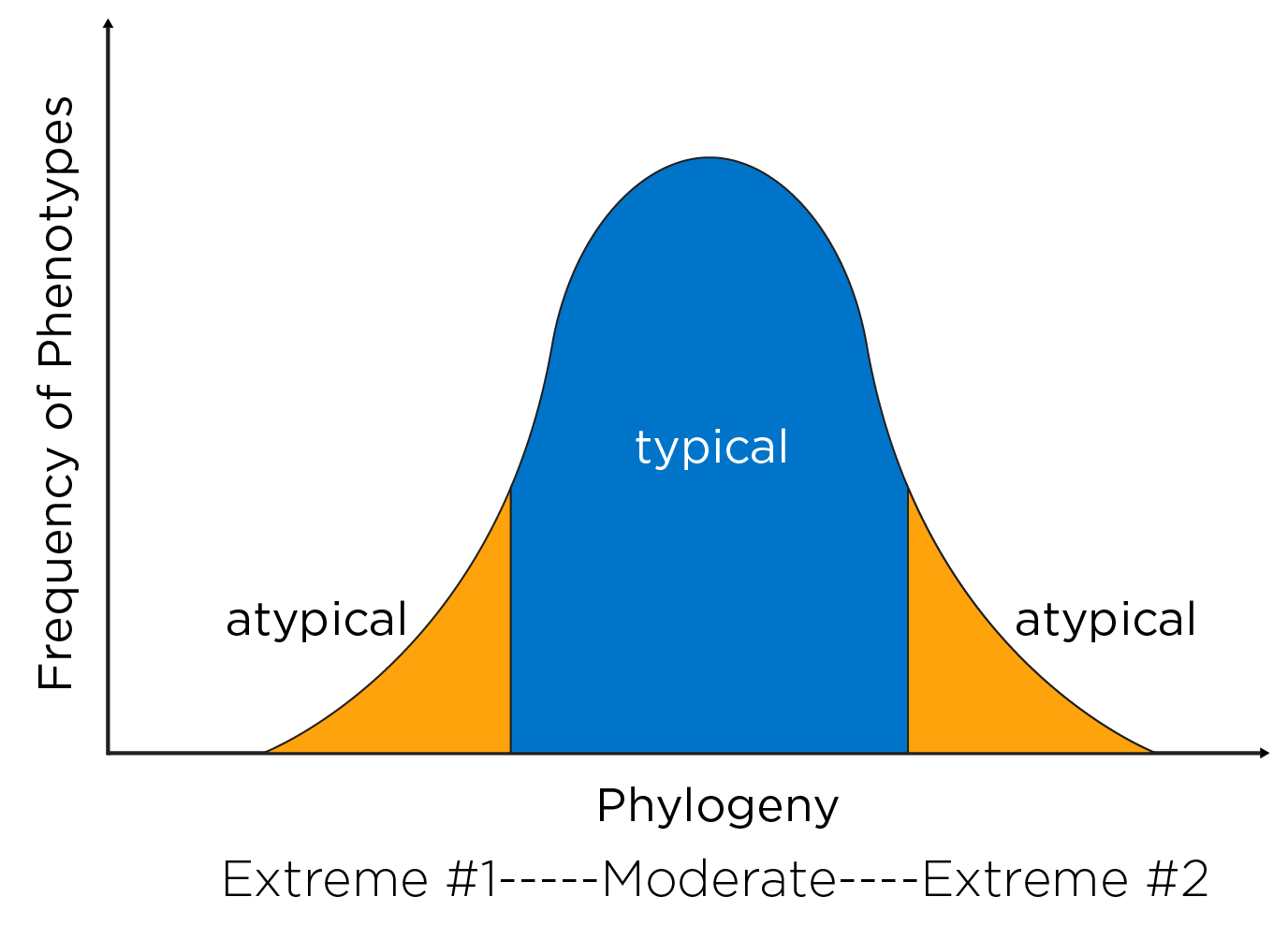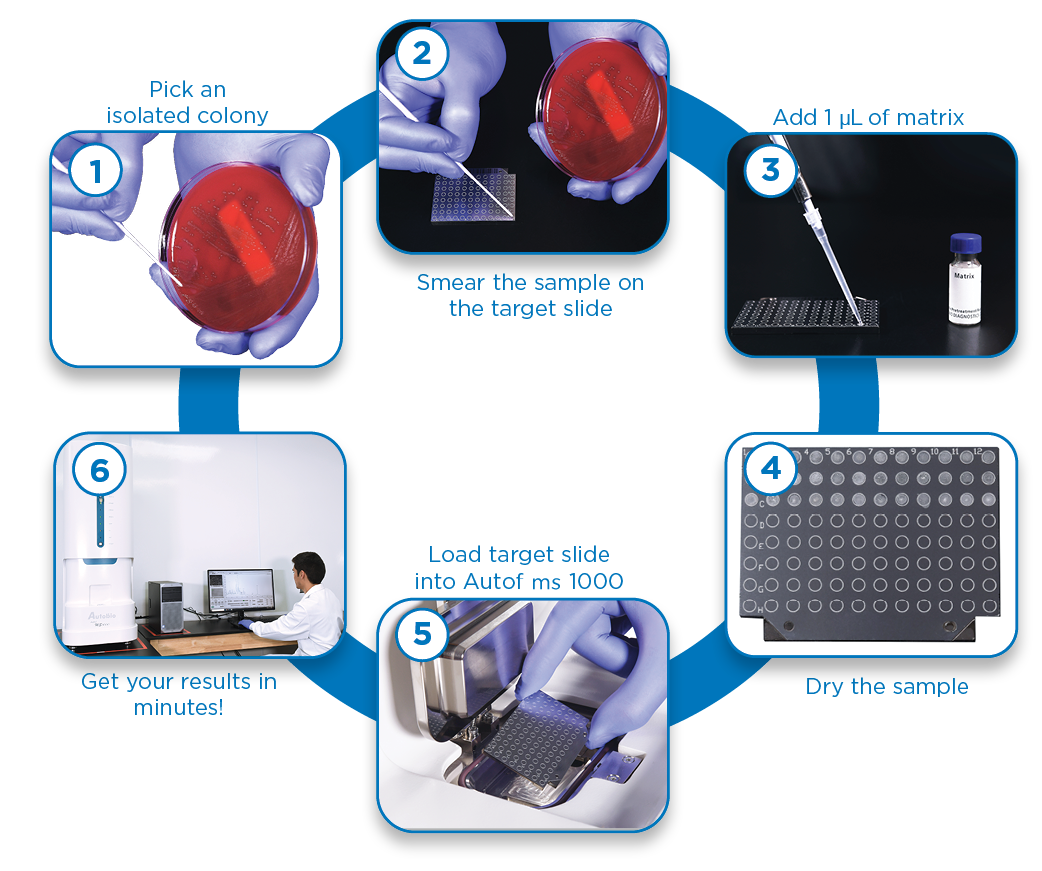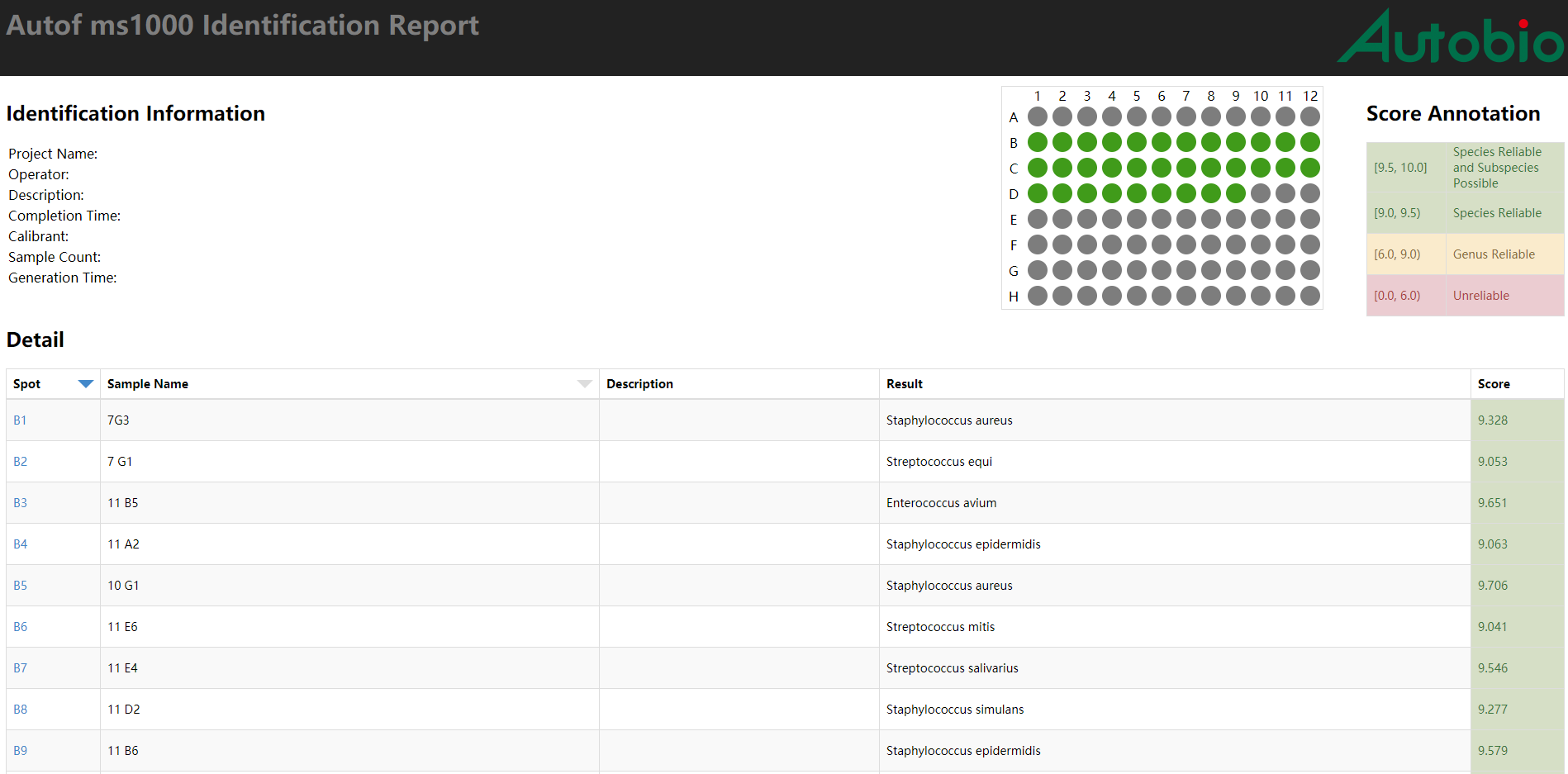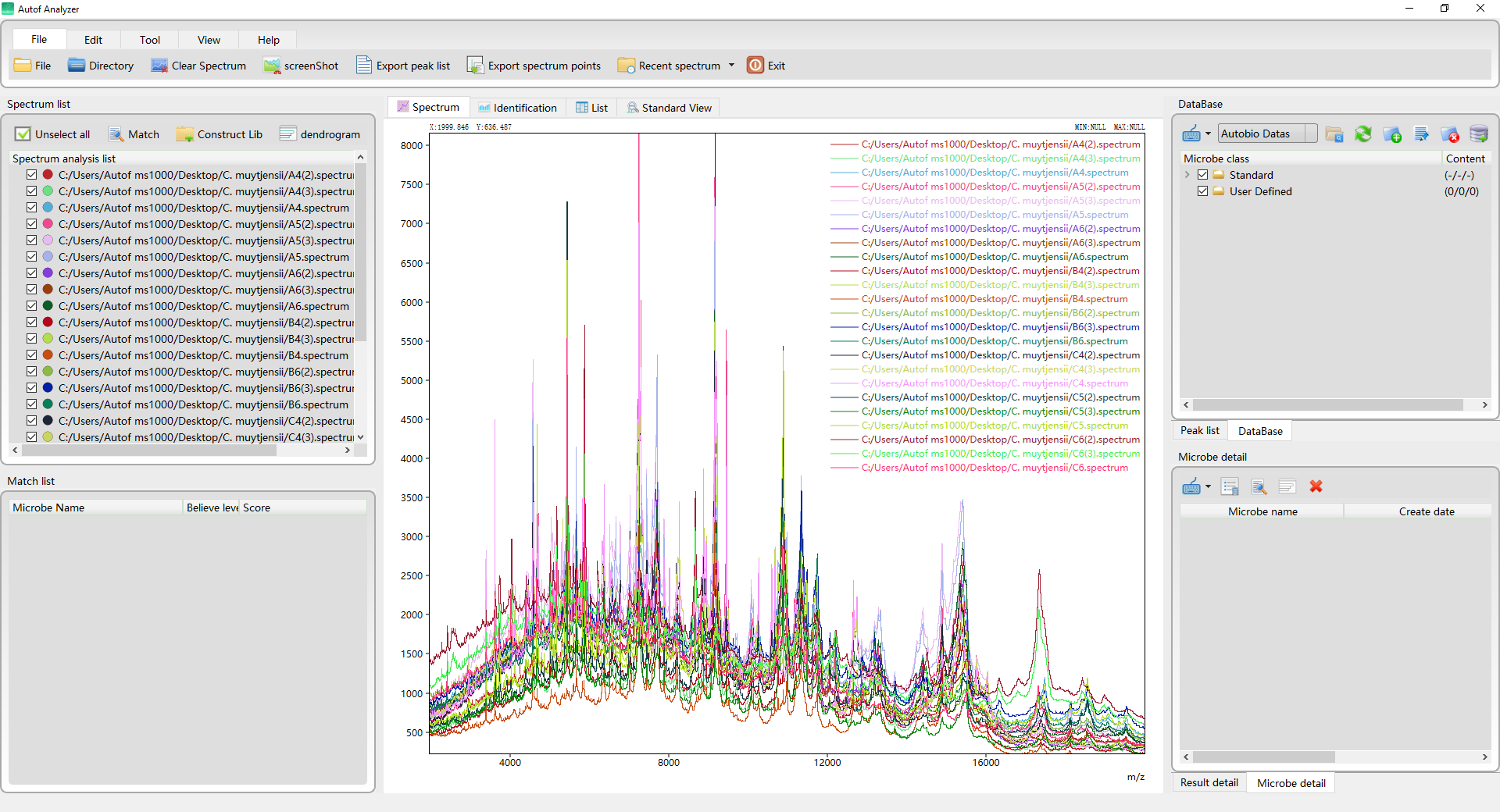1. Rychert, J. (2019, July 02). Benefits and limitations of MALDI-TOF mass Spectrometry for the identification of microorganisms. Retrieved March 25, 2021, from https://www.infectiologyjournal.com/articles/benefits-and-limitations-of-malditof-mass-spectrometry-for-the-identification-of-microorganisms.html
2. Paauw, A., Jonker, D., Roeselers, G., Heng, J. M., Mars-Groenendijk, R. H., Trip, H., Molhoek, E. M., Jansen, H. J., van der Plas, J., de Jong, A. L., Majchrzykiewicz-Koehorst, J. A., & Speksnijder, A. G. (2015). Rapid and reliable discrimination between Shigella species and Escherichia coli using MALDI-TOF mass spectrometry. International journal of medical microbiology : IJMM, 305(4-5), 446–452. https://doi.org/10.1016/j.ijmm.2015.04.001
3. Wong, K., Dhaliwal, S., Bilawka, J., Srigley, J. A., Champagne, S., Romney, M. G., Tilley, P., Sadarangani, M., Zlosnik, J., & Chilvers, M. A. (2020). Matrix-assisted laser desorption/ionization time-of-flight MS for the accurate identification of Burkholderia cepacia complex and Burkholderia gladioli in the clinical microbiology laboratory. Journal of medical microbiology, 69(8), 1105–1113. https://doi.org/10.1099/jmm.0.001223
4. Garrigos, T., Neuwirth, C., Chapuis, A., Bador, J., Amoureux, L., & Collaborators (2021). Development of a database for the rapid and accurate routine identification of Achromobacter species by matrix-assisted laser desorption/ionization-time-of-flight mass spectrometry (MALDI-TOF MS). Clinical microbiology and infection : the official publication of the European Society of Clinical Microbiology and Infectious Diseases, 27(1), 126.e1–126.e5. https://doi.org/10.1016/j.cmi.2020.03.031
5. Hong, E., Bakhalek, Y., & Taha, M. K. (2019). Identification of Neisseria meningitidis by MALDI-TOF MS may not be reliable. Clinical microbiology and infection : the official publication of the European Society of Clinical Microbiology and Infectious Diseases, 25(6), 717–722. https://doi.org/10.1016/j.cmi.2018.09.015
6. Shell, W. S., Sayed, M. L., Allah, F., Gamal, F., Khedr, A. A., Samy, A. A., & Ali, A. (2017). Matrix-assisted laser desorption-ionization-time-of-flight mass spectrometry as a reliable proteomic method for characterization of Escherichia coli and Salmonella isolates. Veterinary world, 10(9), 1083–1093. https://doi.org/10.14202/vetworld.2017.1083-1093
7. Pavlovic, M., Konrad, R., Iwobi, A. N., Sing, A., Busch, U., & Huber, I. (2012). A dual approach employing MALDI-TOF MS and real-time PCR for fast species identification within the Enterobacter cloacae complex. FEMS microbiology letters, 328(1), 46–53. https://doi.org/10.1111/j.1574-6968.2011.02479.x
8. Karger, A., Stock, R., Ziller, M. et al. Rapid identification of Burkholderia mallei and Burkholderia pseudomalleiby intact cell Matrix-assisted Laser Desorption/Ionisation mass spectrometric typing. BMC Microbiol 12, 229 (2012). https://doi.org/10.1186/1471-2180-12-229
9. Rychert, J. (2019, July 02). Benefits and limitations of MALDI-TOF mass Spectrometry for the identification of microorganisms. Retrieved March 25, 2021, from https://www.infectiologyjournal.com/articles/benefits-and-limitations-of-malditof-mass-spectrometry-for-the-identification-of-microorganisms.html
10. Jeong, S., Hong, J. S., Kim, J. O., Kim, K. H., Lee, W., Bae, I. K., Lee, K., & Jeong, S. H. (2016). Identification of Acinetobacter Species Using Matrix-Assisted Laser Desorption Ionization-Time of Flight Mass Spectrometry. Annals of laboratory medicine, 36(4), 325–334. https://doi.org/10.3343/alm.2016.36.4.325
11. Vávrová, A., Balážová, T., Sedláček, I., Tvrzová, L., & Šedo, O. (2015). Evaluation of the MALDI-TOF MS profiling for identification of newly described Aeromonas spp. Folia microbiologica, 60(5), 375–383. https://doi.org/10.1007/s12223-014-0369-4
12. De Lappe, N., Lee, C., O’Connor, J., & Cormican, M. (2014). Misidentification of Listeria monocytogenes by the Vitek 2 system. Journal of clinical microbiology, 52(9), 3494–3495. https://doi.org/10.1128/JCM.01725-14
13. Majchrzykiewicz-Koehorst, J. A., Heikens, E., Trip, H., Hulst, A. G., de Jong, A. L., Viveen, M. C., Sedee, N. J., van der Plas, J., Coenjaerts, F. E., & Paauw, A. (2015). Rapid and generic identification of influenza A and other respiratory viruses with mass spectrometry. Journal of virological methods, 213, 75–83. https://doi.org/10.1016/j.jviromet.2014.11.014
14. Singhal, N., Kumar, M., Kanaujia, P. K., & Virdi, J. S. (2015). MALDI-TOF mass spectrometry: an emerging technology for microbial identification and diagnosis. Frontiers in microbiology, 6, 791. https://doi.org/10.3389/fmicb.2015.00791
15. Buchan, B. W., & Ledeboer, N. A. (2014). Emerging technologies for the clinical microbiology laboratory. Clinical microbiology reviews, 27(4), 783–822. https://doi.org/10.1128/CMR.00003-14
16. Rychert, J. (2019, July 02). Benefits and limitations of MALDI-TOF mass Spectrometry for the identification of microorganisms. Retrieved March 25, 2021, from https://www.infectiologyjournal.com/articles/benefits-and-limitations-of-malditof-mass-spectrometry-for-the-identification-of-microorganisms.html
17. Liu, H., Du, Z., Wang, J., & Yang, R. (2007). Universal sample preparation method for characterization of bacteria by matrix-assisted laser desorption ionization-time of flight mass spectrometry. Applied and environmental microbiology, 73(6), 1899–1907. https://doi.org/10.1128/AEM.02391-06
18. Singhal, N., Kumar, M., Kanaujia, P. K., & Virdi, J. S. (2015). MALDI-TOF mass spectrometry: an emerging technology for microbial identification and diagnosis. Frontiers in microbiology, 6, 791. https://doi.org/10.3389/fmicb.2015.00791


